Best Tips for Starting / Growing an Organic Fruit Orchard
on Feb 19, 2024
This post may contain affiliate links. Please read our disclosure policy.
Do you love fresh sun-ripened peaches? Or maybe you’re dreaming of making your own apple cider? Knowing which trees and when to plant fruit trees in zone 5 can be daunting. Before I started with trees I wasn’t sure if I needed bare root trees or pots? Did I need more than one for pollination? I had so many questions!
Now that I’ve started my own home orchard, I’ve learned a lot about caring for organic fruit trees. I also have recommendations on when to plant fruit trees in Zone 5, like I have here in Iowa. You know I love my vegetables and flowers, but fresh fruit takes self-sufficiency and living off the land to a whole new level.

Table of Contents
- Plan Before Planting Organic Fruit Trees
- Best Fruit Trees for Zone 5
- When to Plant Fruit Trees Zone 5
- 5 Must Know Tips to Grow Organic Fruit Trees
- 1. Mulch
- 2. Prune Fruit Trees
- 3. Test the Soil
- 4. Thin Fruit & Support Branches
- 5. Treat any Diseases
- 6. Water Adequately
- Products to Care for Organic Fruit Trees
- More Organic Gardening Tips You’ll Love
Plan Before Planting Organic Fruit Trees
A backyard orchard is very different than a full-sized commercial orchard. It’s important to plan before you start planting so you know the best varieties and locations. Begin by selecting fruit trees suited to cold climates like Zone 5. (If you’re not in zone 5, check your own USDA hardiness zone.)
Apples, pears, cherry, and plum trees are generally hardy in colder temperatures. I highly recommend meeting with a local nursery or extension office for recommendations in your area.
For a constant harvest of fruit, plant a variety of trees. For example, cherries are ready earlier in the season than peaches. Planting both varieties gives you a continual sweet treat in the backyard.
Evaluate your topography, sunlight, and soil quality to make sure you have the right conditions. Most fruit trees thrive in well-drained soil with adequate sunlight. Select planting locations that receive at least 6-8 hours of sunlight daily.
Another factor to consider is size of the fruit tree. Dwarf apples or other smaller trees are great when space is at a minimum. Be sure there is plenty of space for air circulation and to accommodate future growth.
Pin this now to find it later
Pin It
Best Fruit Trees for Zone 5
Since I started my orchard in 2012, I’ve learned a lot. I plant more trees anytime we lose one. I’ve had the best luck with my cherry, apple, and peach trees. I’m still waiting on fruit from my plums and pears.
I also have 3 potted citrus trees which I bring inside in the winter. I’ve harvested tangerines and lemons from them, but am still waiting on limes. From my own experimentation and talking with other growers locally, my recommendations for types of fruit trees are:
- Apple Trees: Different varieties such as Honeycrisp, Gala, Liberty, and SnowSweet are well-suited for Zone 5. They are cold-hardy and flavorful.
- Pear Trees: Cold-hardy pear varieties like Harrow Sweet and Ure are sweet and juicy pears and can withstand the late winter chill.
- Cherry Trees: Sour cherries like Montmorency and sweet cherries like Kristin are adapted to Zone 5 conditions. I love using cherries for eating fresh, baking, and canning.
- Plum Trees: European plums like Stanley and Italian Prune are delicious to eat fresh and for jams and desserts.
- Peach Trees: While peaches can be a bit more challenging in colder climates, varieties such as Reliance and Contender thrive in Zone 5.
- Apricot Trees: Apricots are susceptible to late spring frosts so make sure you choose a cold-hardy apricot such as Harlayne or Tilton. Fresh apricots are worth it!
Always consider factors like soil quality, drainage, and specific frost pockets. Consult with local nurseries or extension offices for valuable insights and recommendations based on local conditions and last frost dates. If you take care of your orchard, you will have good success with fruit trees in Zone 5.

When to Plant Fruit Trees Zone 5
Zone 5 is characterized by cold winters with temperatures that can drop as low as -20°F (-29°C). This isn’t ideal for citrus trees, but it is great for cold-hardy species. The short growing season, typically between the last spring frost and the first fall frost, requires careful planning to get a full fruit harvest.
Late spring frosts pose a threat to trees that bud too early. On the flip side, the cold temperatures during winter provide essential chilling hours. Some trees have dormancy requirements, so this chilling period is essential.
One of the best times to plant fruit trees in Zone 5 is between March and April. The key is to give the trees time to establish their root system before focusing on leaf and fruit production. Cold-hardy apples and cherries are perfect candidates for early spring planting.
Some fruit trees can also be planted in the fall in USDA Zone 5 for a head start in the spring. Fall planting occurs between late September and early November, but make sure they have enough time to establish a root system. The challenge, of course, is surviving the harsh winter months. Cold hardy apples and pears can be planted in the fall. It’s essential to plant BEFORE the first hard frost.
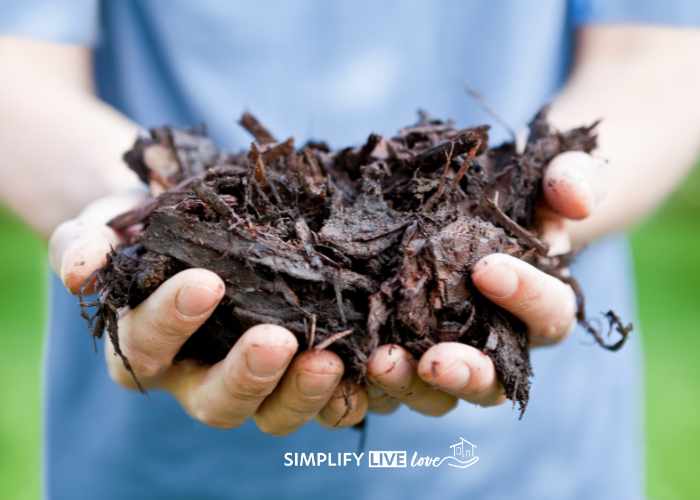
5 Must Know Tips to Grow Organic Fruit Trees
Originally, I ordered apple, pear, peach, and cherry trees to start our orchard. My husband and I planted them one spring in freezing cold weather. We have learned many lessons about organic fruit tree care – some of them the hard way!
I lost one pear tree to a fungus and my LOADED peach tree was destroyed in a storm. I’ve replaced both of those with new trees. Here are some of my top tips to caring for fruit trees with organic methods.
1. Mulch
Mulch improves fertility and health of your soil. Apply it after planting and again in the spring and fall. It also keeps moisture in and weeds down. As the mulch decomposes, it provides necessary nutrients to trees.
Choose mulch sources that haven’t been treated chemically such as straw, shredded leaves and large wood chips. Spread a thick layer of mulch (about 3 inches deep) in a 3-foot diameter around each fruit tree to regulate temperature, keep soil from getting compacted, and eliminate grass and weeds.
Organic mulch gradually decomposes, enriching the soil with essential nutrients. Regularly replenish the mulch layer, especially in the spring.
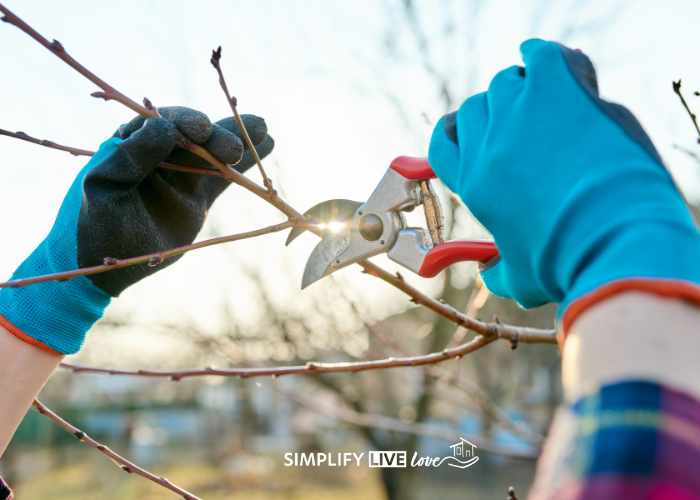
2. Prune Fruit Trees
Winter, while the trees are dormant, is the best time to prune fruit trees. Pruning removes diseased branches and directs the growth of your trees. A well pruned tree produces more flowers and fruit!
Make sure you use good pruning tools such as sharp branch trimmers, pruning shears, and/or folding saws.
Keep your trees drier and ward off fungus by pruning to allow sunlight to reach the interior of the trees. Regular pruning maintains the overall structure and balance of the tree, reducing the risk of limb breakage in heavy winds or storms.
Make clean cuts just above a bud or lateral branch and seek advice from local experts in your area if you’re unsure of what you’re doing. Avoid excessive pruning, but understand that pruning is a crucial part of growing organic fruit trees
3. Test the Soil
I recommend testing your soil before planting the fruit trees as well as anytime you notice something wrong or if they aren’t producing enough. Soil tests tell you the amounts of nitrogen, phosphorous, and potassium in your soil. It will also tell you the pH level.
Once you understand the makeup of your soil, amend it as necessary. Choose fertilizers or other soil enhancements according to your results.
State Extension Offices can run tests on your soil. Find a state lab with the USDA’s interactive map. Simply choose your state and get a list, take a sample of your soil, and send it off. The report will tell you how to amend your soil for optimal performance.

4. Thin Fruit & Support Branches
It sounds counter-intuitive to remove baby fruit from your trees, but doing so allows your fruit trees to grow bigger and nicer fruit. Overcrowded fruit clusters compete for resources and prevent the air from circulating. Thinning also reduces risk of limb damage due to excessive weight.
As you inspect your trees in the spring and remove fruit, make sure to support any sagging branches. Branches become more susceptible to bending or breaking as fruit trees mature. Stakes and trellises distribute the weight from heavy branches more evenly. Without thinning and staking you could lose the branches, and all the fruit, in a big storm (ask me how I know).
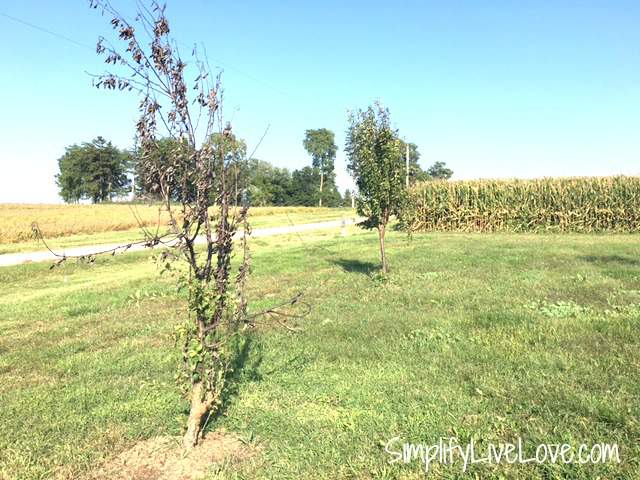
5. Treat any Diseases
Keep a close eye on your trees and take corrective action right away if you notice problems. Spots on the leaves, broken branches, or oozing from the trunks indicate problems with fungus or pests.
In Zone 5, fruit trees are susceptible to various diseases and pests such as apple scab, fire blight, and cedar-apple rust. Insect pests like aphids, scale insects, and codling moths also threaten fruit harvests. Be proactive to protect your orchard trees.
Leverage natural allies in your orchard to keep pests at bay. If you have chickens, allow them to forage under the trees as a natural pest control measure. They love insects and larvae.
Another effective preventative step is coating your trees with kaolin clay during the growing season. Kaolin clay acts as a physical barrier on the tree trunks to repel pests like Japanese Beetles. This natural solution is safe to apply right up to harvest and doesn’t harm pollinators, making it an environmentally friendly choice for managing pests.
Regularly monitoring your fruit trees, incorporating organic pest control measures, and maintaining a healthy orchard environment will contribute to the resilience and longevity of your fruit trees in Zone 5.
6. Water Adequately
Proper watering and good drainage is crucial to establish new fruit trees. Focus on providing consistent and deep watering to ensure that the tree’s roots spread to the surrounding soil.
Water newly planted fruit trees immediately after planting and continue with a regular watering schedule throughout the first year. Aim for approximately 1 to 1.5 inches of water per week. Adjust watering based on soil conditions and local weather. Try to water at the base of the tree so the foliage doesn’t get wet.
Pay close attention to signs of stress such as wilting or drooping leaves. As the tree matures, adjust the watering frequency but continue to provide deep irrigations during dry periods.
Products to Care for Organic Fruit Trees
Serenade Diseases Control for Fungus Treatment – can be safely used in an organic garden to keep fungus at bay. It might even be really useful for tomato plants as well.
Surround for garden use – organic pesticide to keep away nasty bugs without harming pollinators
Neem Oil – also useful for deterring pests organically
Telescoping Tree Pruners – useful for reaching high branches
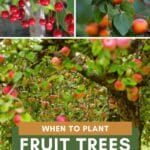

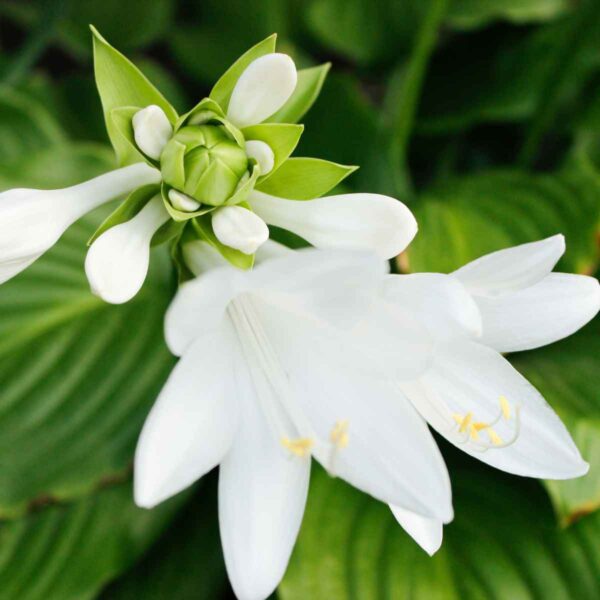
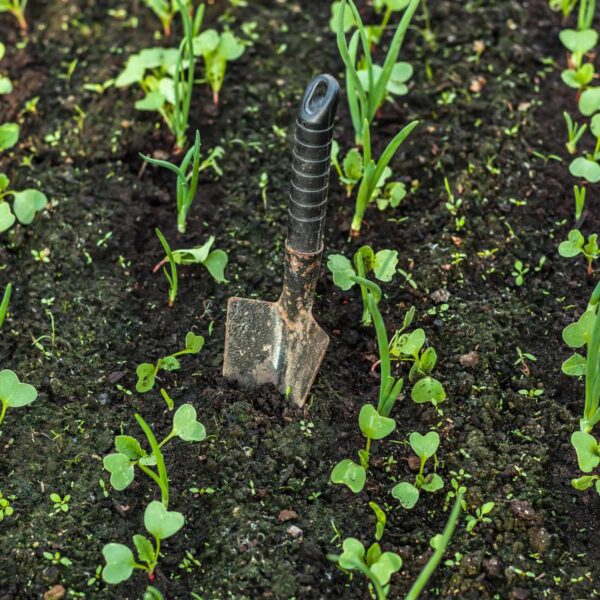
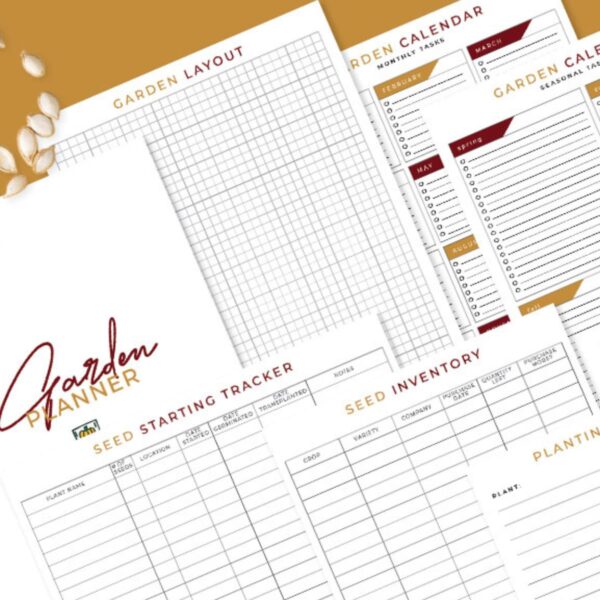









I love these tips, Michelle! We have lost fruit trees in the winter winds. But our biggest problems here are fungi, scab and tree maggots. Dave sprayed our trees three times last February with dormant oil spray. It did help. The apples look MUCH better this harvest season.
I am excited to see the products you found for organic orchards!!! We have been wondering how to organically attack those darn fungus on our tree leaves. And I never thought to mulch them!
Thanks for the great post!
Tree maggots! Nasty. I haven’t noticed that much on my trees. But the fungus is real. I need to get much more proactive about that.
These are great tips, Michelle. We don’t have the room to grow fruit trees right now but I’m hoping to be able to plant a peach or pear tree in the future. My aunt has 4 fruit trees and fungus can be a problem in our area. But I agree the fruit off homegrown trees is the best.
We planted dwarf trees and they aren’t very big, Shelly. Of course, they also aren’t producing a bunch either! 🙁
Oh, you must’ve been so heartbroken to see that peach tree broken when it had all that beautiful fruit!! Yikes. We’ve been so bad at pruning and supporting branches, and thinning takes SO much time. But I agree it’s worth it – harvesting your own fruit is wonderful. Thanks for these tips – now jus to DO them, ha!
I know, right? We do prune in the winter and mulch, but that’s about it. I have not been proactive about disease control and apparently we need to do that! Losing that tree just broke my heart, Jami. So sad. 🙁
I have always wanted to plant some cherry trees for my mom. She loves buying fresh cherries at the farmers markets and grocery store! I’d love to grow some locally for her one day soon. These are seriously great tips. I’m definitely keeping this helpful guide on hand for the future!
I love fruit trees. Great tips on maintenance and care, thanks for sharing!
I didn’t know that different plants needed to be pruned at different times, but it makes sense. I’m doing some researches on the plants and trees in my yard to determine when they need to be trimmed!
I have always wanted to have a mango tree in my backyard. I think is interesting that you can test your soil and know how to best take care of it so that it takes care of your trees. I think that having trees by your house can be very beneficial to you and the environment.
Hey Michelle,
You’ve just shared such an awesome post. Would probably try these tips. Just wanted to have a large peach tree at my backyard too. Hope I could have it! Thanks for sharing.
Cheers,
Oliver
Great tips! I never knew the trick of getting rid of baby fruit to allow for bigger harvests. Thanks for sharing!
Hi Michelle, I’m new to gardening. We just bought a new house last year, which has a backyard with lots of fruit trees. very exciting! But to my disappointment they didn’t grow anything this spring, not even a single bloom. I want to take care of them now so I can see some result in the spring. I’ll definitely try your tips.
Any other suggestions are welcome too!